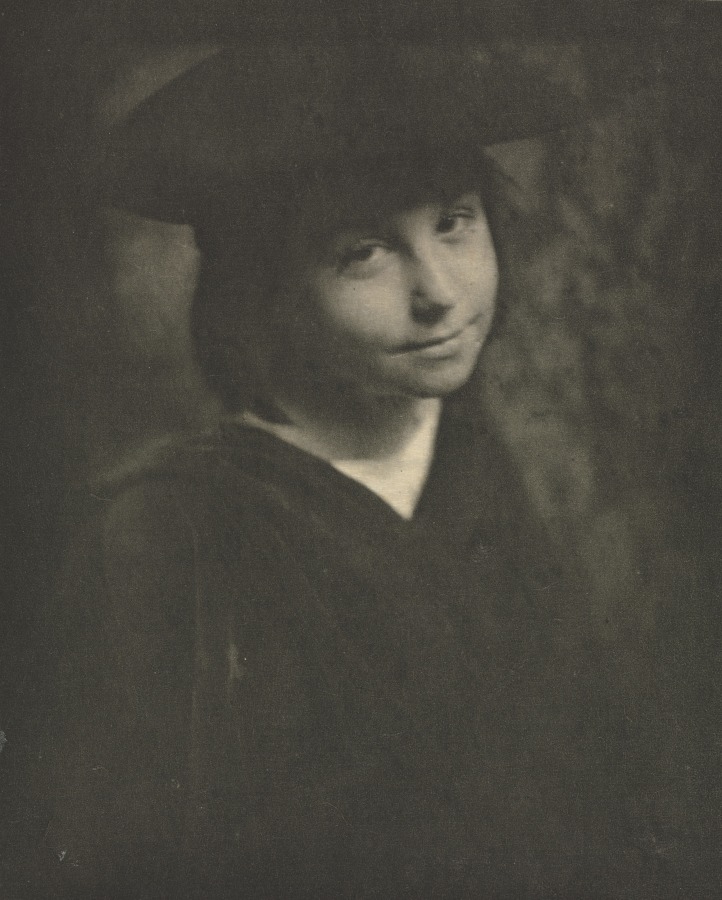Edward Steichen American, b. Luxembourg, 1879-1973
His long and illustrious career places Edward Steichen among the major figures of 20th-century photography. Born Eduard Jean Steichen in Luxembourg, Steichen moved with his family to the United States in 1881, was naturalized a citizen in 1900, and changed the spelling of his first name in 1918. Educated in Wisconsin, he showed an early interest in art. He studied at the Milwaukee Art Students League and was an apprentice lithographer; later he studied painting at the Académie Julian in Paris.
Steichen took his first photograph in 1896. Early recognition came in the Second Philadelphia Salon of 1899, and he was encouraged by Clarence H. White. Shortly thereafter, while on his way to Europe, he met Alfred Stieglitz, who bought three of his prints. In 1900 he participated in the New School of American Photography exhibition in London. Steichen's first one-person show, which included paintings as well as photographs, was held in Paris in 1902. He helped to found the Photo-Secession and played an important role in the life and design of its galleries, programs, and publications, including the decision to exhibit international works in a variety of media.
Steichen was the commander of aerial photography for the American Expeditionary Forces during the First World War. After the war, he became chief photographer for Vogue and Vanity Fair, and a well-known portraitist. During World War II he was in charge of all navy combat photography and was also responsible for the exhibitions Road to Victory (1942) and Power in the Pacific (1945) at the Museum of Modern Art, New York. These, along with his 1955 show, The Family of Man, established a new, more popular form of photographic exhibition. In 1947 he was made director of the museum's department of photography, a position he held until 1962.
In 1961 the Museum of Modern Art mounted a retrospective of Steichen's work. The following year he received the Medal of Freedom from President John F. Kennedy. His photographs have been represented in many exhibitions and publications, including the book Steichen the Photographer, with a text by his brother-in-law, Carl Sandburg. T.W.F.
